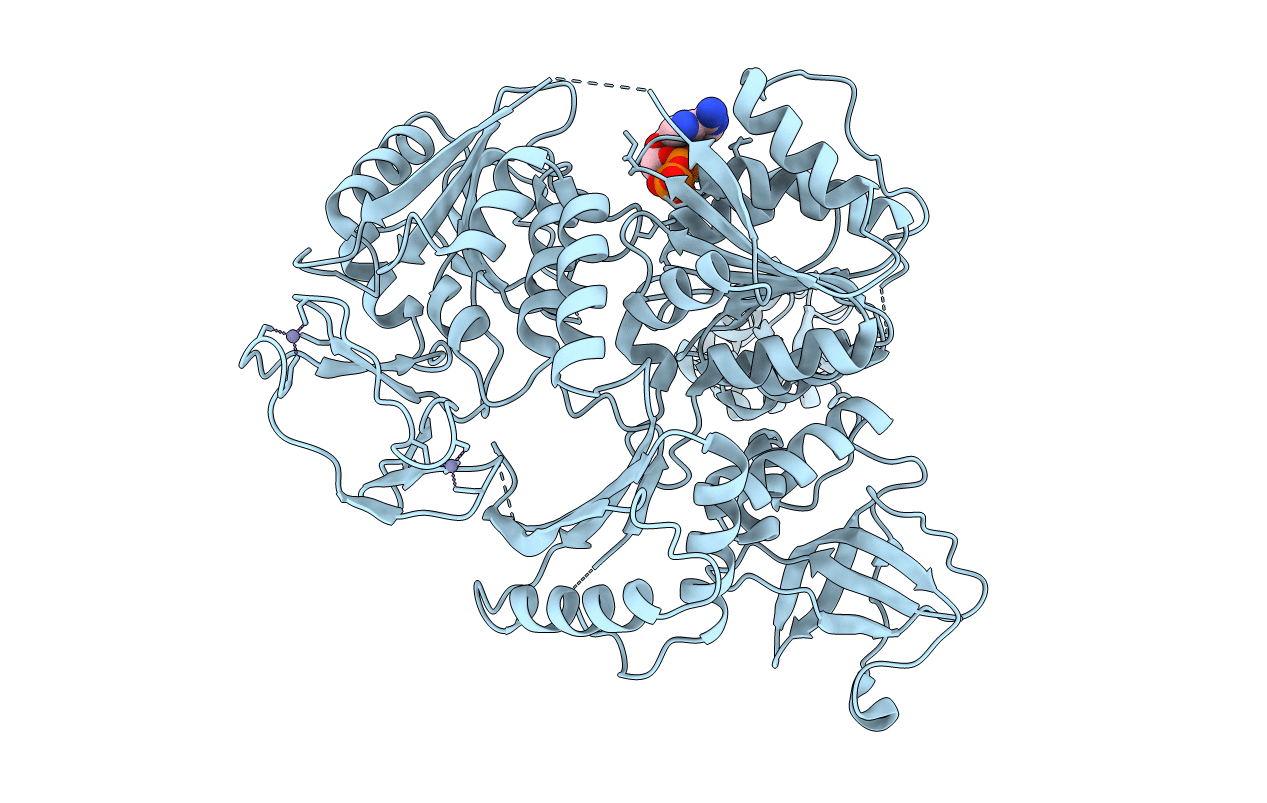
Deposition Date
2013-11-13
Release Date
2014-01-08
Last Version Date
2024-02-28
Entry Detail
Biological Source:
Source Organism:
Klebsiella pneumoniae subsp. pneumoniae (Taxon ID: 272620)
Host Organism:
Method Details:
Experimental Method:
Resolution:
2.65 Å
R-Value Free:
0.25
R-Value Work:
0.21
R-Value Observed:
0.21
Space Group:
P 32


